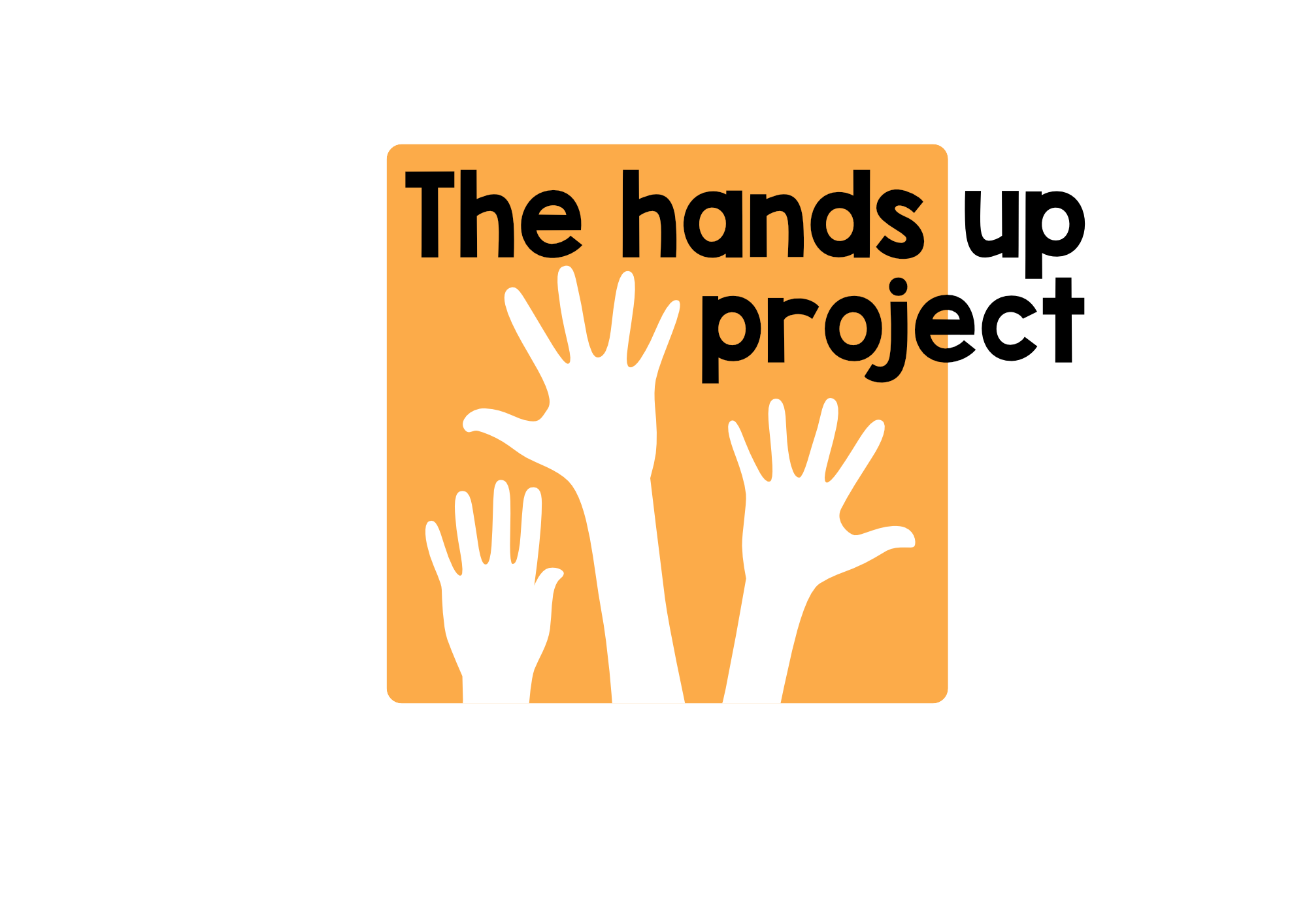Cuisenaire rods as visual aids in storytelling
This week we have a guest post by Armenian English teacher and teacher trainer, Ani Aloyan. I met Ani in Armenia about 2 months ago when I was running a storytelling course for teachers, organised by British Council Armenia. In this post Ani discusses some great techniques for demonstrating and checking meaning when storytelling. She's just about to deliver her own storytelling course for teachers in a different region of Armenia now. Thanks for the post Ani and thanks too for sharing the Palestinian story of Jbene with teachers and children in Armenia.
In this post I am going to write about how you can use Cuisenaire rods, or any other things to hand (board markers, pens and pencils, rubber etc.) in storytelling to make it even more engaging. Although I am a newbie in the field of storytelling, I am excited to share these tried and tested techniques for you to help your learners use their imagination and creativity, further develop their listening skills and most importantly keep their attention throughout storytelling.I have used Cuisenaire rods (the real ones) for vocabulary teaching and setting up contexts during my English language classes and I am really impressed how effective they can be when it comes to presenting vocabulary and drilling it with your students if used correctly.
I have learnt the technique in a teacher development webinar by Jo Gakonga. Here is the link to the video/webinar https://elttraining.gnomio.com/mod/page/view.php?id=207 , so you can check this out and see how they work when teaching vocabulary.During one of training sessions on storytelling with Nick Bilbrough, our group had a task of telling a story to kids in an engaging way. The idea of the rods crossed my mind and I thought that I would try the technique out with storytelling, but I didn’t have any rods in hand. (I guess they are not even available in the market in Armenia). So I decided to use whatever is available at that time – markers, highlighters and coloured pencils.When you teach vocabulary with rods, the focus is on the target vocabulary itself (conveying meaning and drilling pronunciation) but I decided to add my tweak to this as well. Our group chose to tell “Jbene” as an output of the training session, and as the story was not very heavy with lots of unknown words, I decided I would put the focus on content rather than on vocabulary.I started the first line of the story which is: “There lived a married couple who had everything they wanted”. While I was telling the line, I showed the students two pens and told them that one was the husband and the other one was the wife.
Once I finished, I went backwards and asked content checking questions such as - Who were they? Did they have everything? Students answered my questions correctly as they had attached meaning to these pens without which I would hardly be able to ask questions and get sensible answers from kids.So, I told the whole story bit by bit, going backwards after every small bit and asking these content checking questions. By the end of the story students were able to convey the content of it with some language mistakes which didn’t impede comprehension.You can watch the video here:
